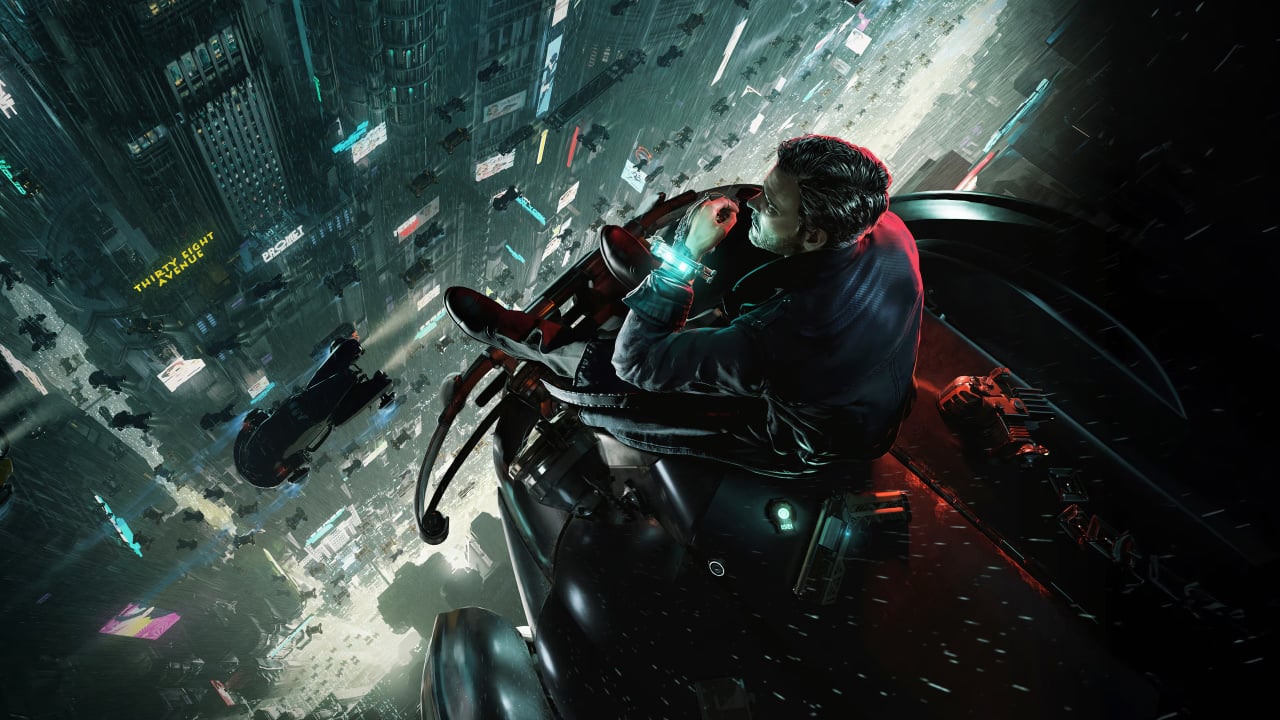What would happen if humans created a way to make death optional by transferring consciousness from one body to another? Nobody Wants to Die answers that question in the most realistic way possible: the rich live forever, and the poor barely live at all.
Set in New York in 2329, Nobody Wants To Die tells the story of James Karra; a baseball star in his first body, but when he died and his consciousness was transferred to a new body, his muscles and reaction time were compromised, so he found a new career as a detective. A body or two later and a century old, James is a hard-drinking, no-nonsense, rulebook-out-the-window agent seeking justice in a city rotten to the core.
The game begins with a suicide case that James’ superiors want to sweep under the rug as quickly as possible. Evidence suggests there is more to this suicide than meets the eye, and so James goes it alone, determined to blow the case open at all costs. During his investigation, Detective Karra uncovers horrifying truths, exposes twisted conspiracies, and learns the depravity of the future elite, once emboldened by the shield of immortality.
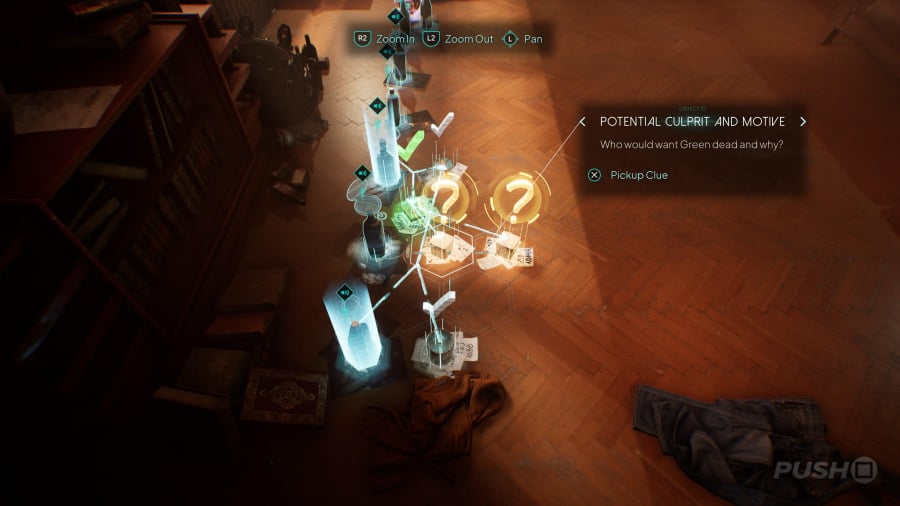
Along the way, you’ll work with a police liaison named Sara via an earpiece who you’ll already know when you first speak, thanks to your reputation with the police. Initially hesitant and suspicious of James’ methods, Sara is a likeable co-lead, and her story is a highlight of the game. You’ll make dialogue choices as you talk to Sara and other characters, and these decisions open up potential new conversation options, and will ultimately change how your story ends.
You should be able to read Nobody Wants To Die in under ten hours, depending on how long you spend on your research, and it’s a mostly engaging read. Its short running time means the story moves along at a brisk pace, but it still finds time to pose some interesting questions and give you plenty to think about about the nature of memory, the ethics of immortality, and dealing with trauma.
Playing Nobody Wants To Die involves exploring crime scenes in first person, then using your detective tools like X-Ray, an ultraviolet flashlight, and the Reconstructor to piece together what happened. You’ll rewind and fast-forward through timelines of events looking for anomalies, follow bullet trajectories to discover who fired the shot, and use X-Ray to find hidden items or locations.
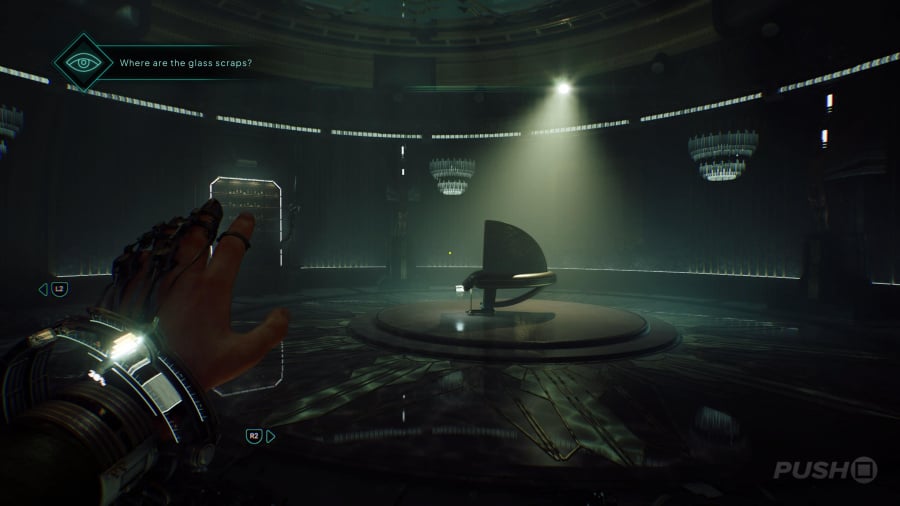
These investigations aren’t difficult to solve. You’re told which tool to use in which situation, and there’s even the option to press square to enter ‘Hint Mode’, which highlights the item you need to interact with to proceed. It’s not exactly engaging gameplay, and we never felt particularly challenged, but the ease of the puzzles means the pace of the story never falters because you’ve spent an hour hunting down an elusive clue.
Sometimes you have to piece together the different pieces of evidence that you’ve collected to form a hypothesis. Everything is laid out in front of you on a grid, and you can pick up evidence and then place it on top of another piece of evidence and if the two fit together, then you form an idea that you then put on another piece of evidence to further develop the theory. This requires some thinking and the connections are not always obvious, but if you struggle you can just keep trying combinations and brute force them without penalty.
Nobody Wants To Die’s greatest strength is its world, both aesthetically and conceptually. Future New York is imagined as a cross between hard-boiled ’40s detective films and a Cyberpunk 2077-style technological hellscape. It’s similar to how the Fallout games use ’50s iconography and technology in a future setting, and it makes for a striking juxtaposition.
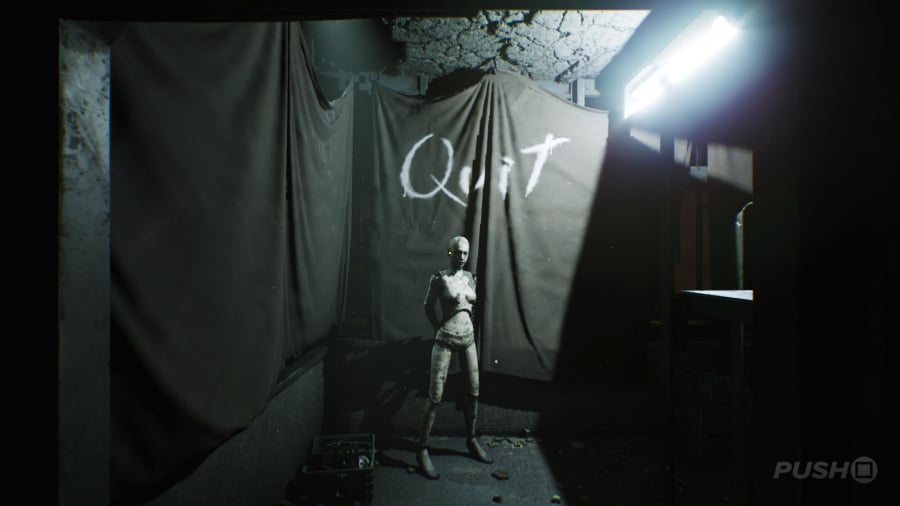
There are flying cars, but they are based on models from the 1940s, while agents have access to science fiction tools in their investigations, but they dress as if they are in The UntouchablesIt’s a wondrous sight to look out over the future New York cityscape; a city that always seems to be at night, Karra always with a bottle of whiskey or a cigarette in hand, while flying cars, neon lights and holographic advertisements remind you that it’s 2329.
The world-building here is also largely excellent. Despite some of the wild concepts Nobody Wants To Die throws at you, it always does a good job of explaining them to you without it ever feeling like the characters are having one of those exposition dump conversations purely for your benefit. There are no “Hey, remember that time they invented immortality, James?” moments, and instead you just learn the history of the world through natural conversation, as well as items you can look at as you explore.
Graphically, the game is quite stunning at times. The character models can be a bit rough, but the locations you visit are beautifully realised. Nobody Wants To Die does a fantastic job of convincing you that you’re in a huge city, an illusion that only becomes truly impressive when you put down the controller and realise just how small the areas you explore in the game are.
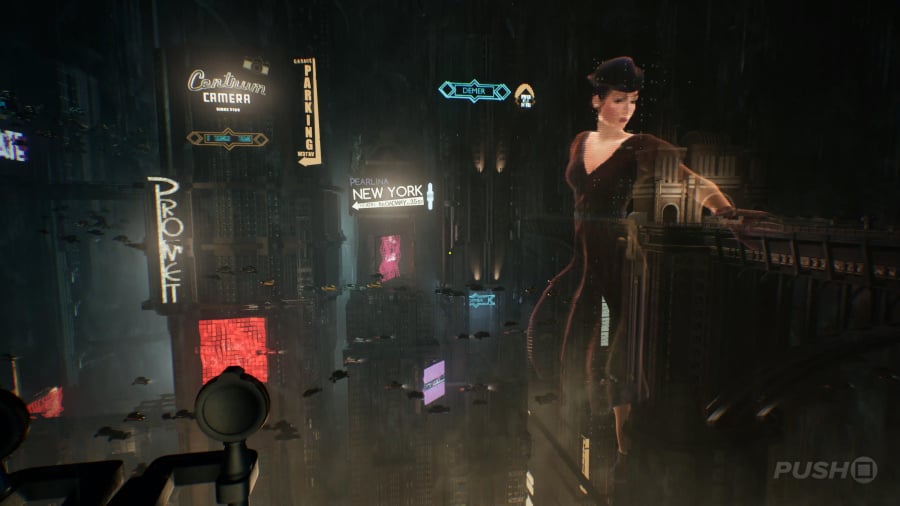
It really is a fantastic achievement. There are clear signs that this is a lower budget title when you really think about it – you rarely interact with other characters in real life, you mostly see flying traffic from a distance, and the aforementioned small play areas – but the game does a great job of hiding that. It’s a title that punches above its weight, and the ambition and execution here have to be applauded.
Conclusion
Nobody Wants To Die is a thoroughly enjoyable sci-fi detective thriller. The gameplay during the investigations can feel a little shallow, but the story unfolds at a brisk pace and the developer cleverly uses visual tricks to convince you that the game is much bigger than it really is, presenting you with unforgettable future cityscapes that are always out of reach. It’s all an illusion, but a beautiful one.
